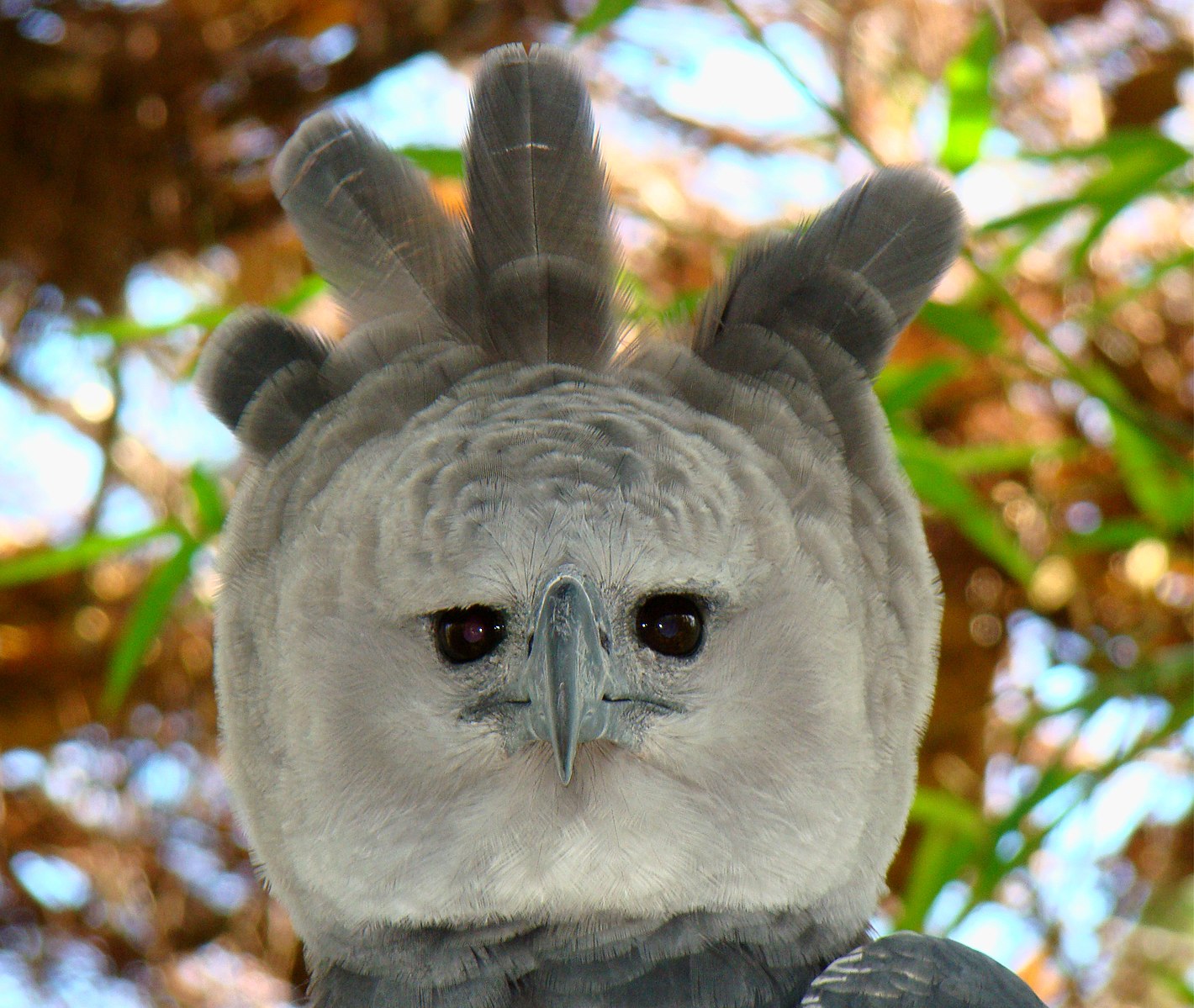Harpy eagles are one of the largest and most powerful birds of prey in the world, known for their impressive size, strength, and hunting abilities. While these majestic birds are primarily known for their preference for live prey, the question of whether they also consume dead animals is an intriguing one. In this comprehensive blog post, we will explore the dietary habits of harpy eagles and delve into the specifics of their feeding behaviors, including their ability to scavenge and consume dead animals.
Harpy Eagles’ Preferred Prey
Harpy eagles are apex predators in their natural habitats, which are primarily found in the tropical rainforests of Central and South America. Their powerful talons and sharp beaks are specifically adapted for hunting large, tree-dwelling mammals such as sloths, monkeys, and even small deer. These animals make up the bulk of the harpy eagle’s diet, as they provide a reliable and substantial source of nutrition.
| Prey Species | Approximate Weight |
|---|---|
| Two-toed Sloth | 4-9 kg (9-20 lbs) |
| Capuchin Monkey | 2-4 kg (4-9 lbs) |
| Howler Monkey | 5-10 kg (11-22 lbs) |
| Tamarin | 0.5-1 kg (1-2 lbs) |
Harpy eagles are known to be skilled and efficient hunters, capable of taking down prey that is significantly larger than themselves. Their hunting strategy often involves perching patiently in the canopy, waiting for the right moment to swoop down and seize their target with their powerful talons.
Do Harpy Eagles Eat Dead Animals?
 Image source: Harpy Eagle by Bjørn Christian Tørrissen
Image source: Harpy Eagle by Bjørn Christian Tørrissen
While harpy eagles are primarily focused on hunting live prey, they are not averse to consuming dead animals if the opportunity arises. This behavior is known as scavenging, and it can provide a valuable source of nutrition for the birds, especially during times of food scarcity or when their preferred prey is scarce.
Harpy eagles have been observed feeding on the carcasses of various animals, including other birds, small mammals, and even the remains of their own kills. This scavenging behavior is likely driven by the need to conserve energy and maximize their food intake, as hunting live prey can be an energy-intensive and time-consuming process.
It’s important to note that harpy eagles do not actively seek out dead animals as a primary food source. They are opportunistic feeders and will take advantage of any available food source, including carrion, if it presents itself. However, their preference for live prey remains strong, and they will typically prioritize hunting over scavenging whenever possible.
Harpy Eagles and Decomposition
When a harpy eagle dies, its body is quickly decomposed by various microorganisms, including bacteria and fungi. These organisms play a crucial role in breaking down the bird’s remains and extracting the essential nutrients and chemicals that are then released back into the ecosystem.
The process of decomposition is an important part of the natural cycle of life and death in the rainforest ecosystem. As the harpy eagle’s body decomposes, the nutrients it contains are absorbed by the soil, providing essential nourishment for the plants and other organisms that rely on these resources to thrive.
This cycle of life and death is a fundamental aspect of the harpy eagle’s role in the broader ecosystem, as it helps to maintain the delicate balance of the rainforest and ensure the continued growth and regeneration of the diverse plant and animal life that call it home.
Harpy Eagles and Scavenging Behavior
While harpy eagles are primarily focused on hunting live prey, they have been observed engaging in scavenging behavior on occasion. This can include feeding on the carcasses of other animals, as well as the remains of their own kills.
One of the key reasons why harpy eagles may turn to scavenging is the need to conserve energy and maximize their food intake. Hunting live prey can be an energy-intensive and time-consuming process, and scavenging can provide a more readily available source of nutrition.
Additionally, during times of food scarcity or when their preferred prey is scarce, harpy eagles may be more inclined to turn to scavenging as a means of supplementing their diet. This behavior can be particularly important for the survival of the species, as it allows them to adapt to changing environmental conditions and ensure their continued presence in the rainforest ecosystem.
Conclusion
In conclusion, while harpy eagles are primarily known for their impressive hunting abilities and preference for live prey, they are not averse to consuming dead animals if the opportunity arises. This scavenging behavior can provide a valuable source of nutrition for the birds, especially during times of food scarcity or when their preferred prey is scarce.
The process of decomposition is also an important aspect of the harpy eagle’s role in the broader ecosystem, as it helps to maintain the delicate balance of the rainforest and ensure the continued growth and regeneration of the diverse plant and animal life that call it home.
By understanding the dietary habits and scavenging behaviors of harpy eagles, we can gain a deeper appreciation for the complex and interconnected nature of the rainforest ecosystem, and the vital role that these majestic birds play in its continued health and vitality.
References:
– Animals.sandiegozoo.org
– Wikipedia.org
– Harpyeagleskevin.weebly.com
– Peregrinefund.org
– Lithub.com

